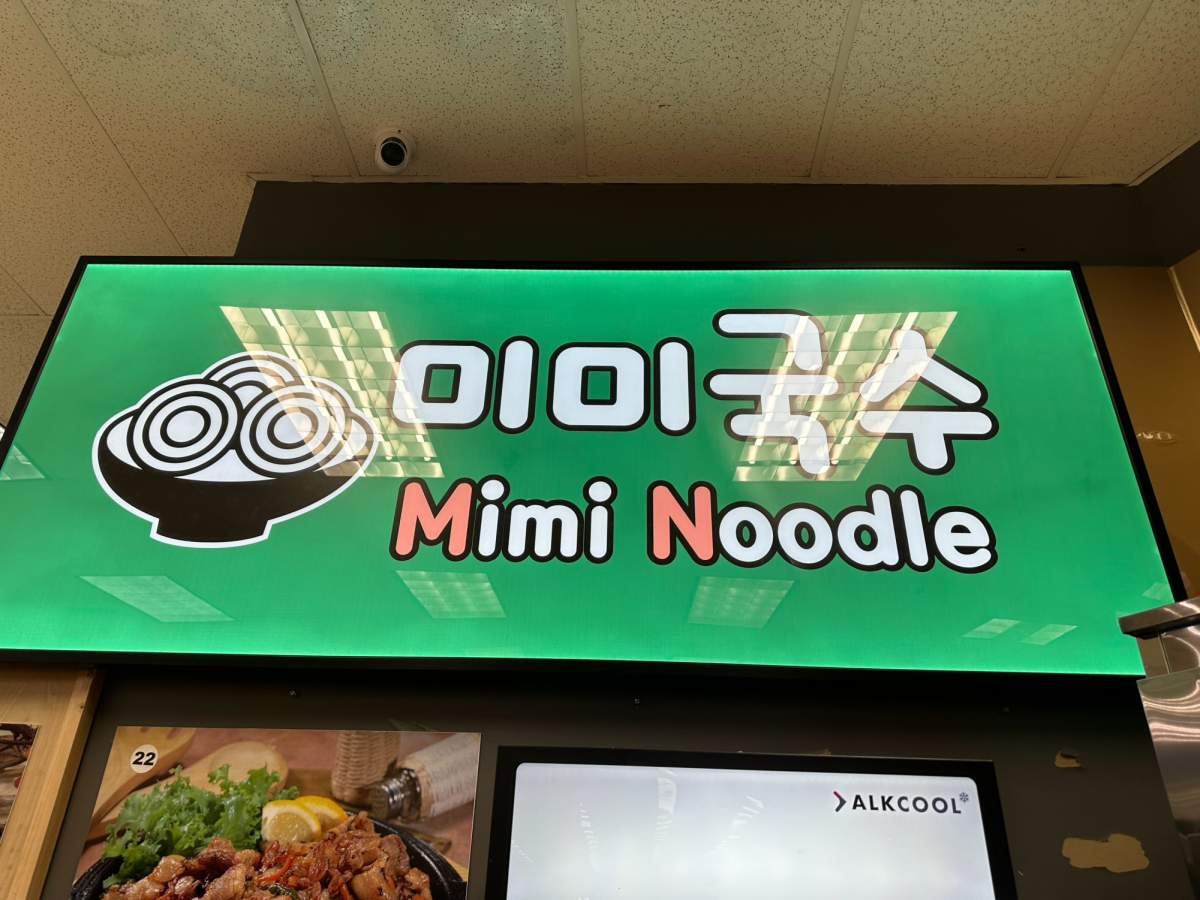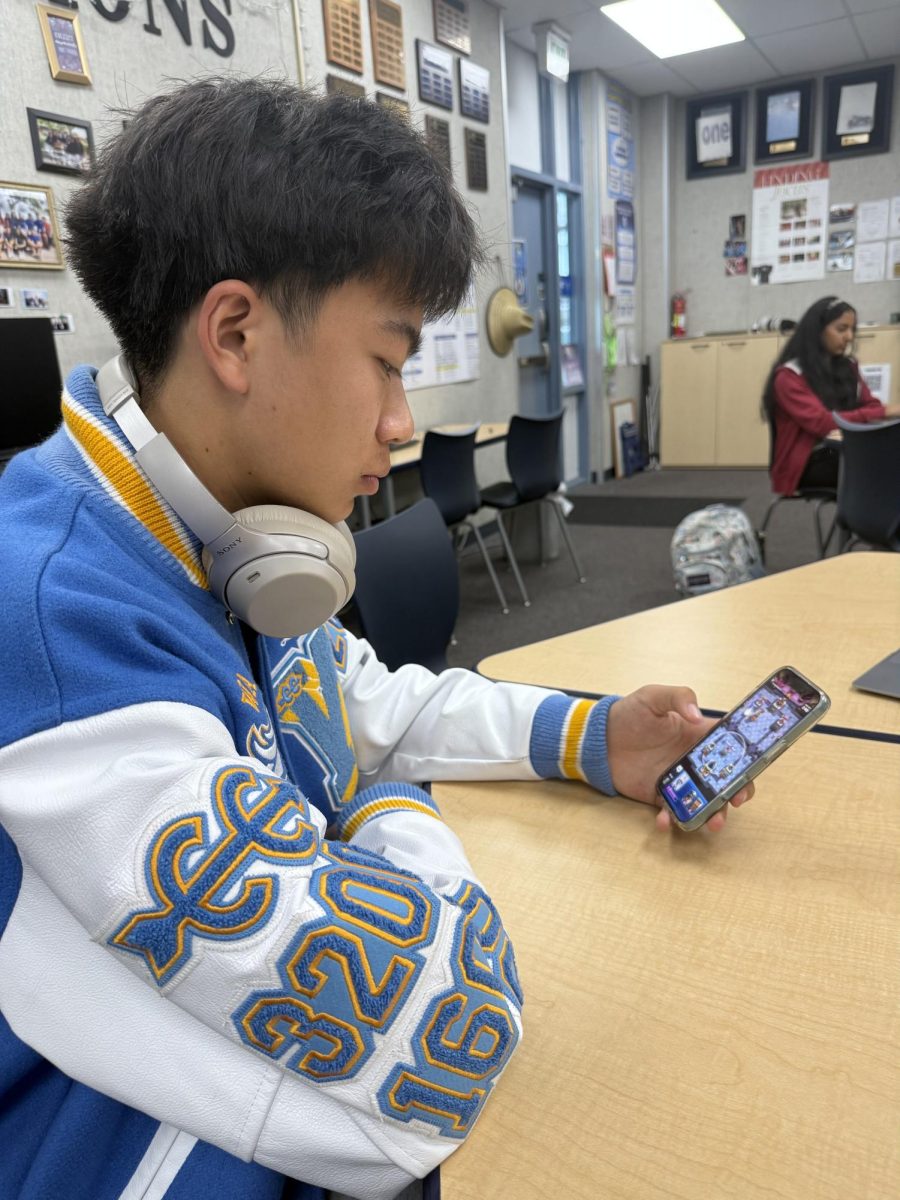There are few things in life sweeter than being a Spotify Premium user. I sleep soundly knowing that when I wake up, I can shuffle through my favorite songs ad-free and have background music. But recently, I’ve gotten curious. What if I had to rely on a free music platform for my everyday playlists? Is Spotify still the way to go?
I decided to put my curiosity to the test using four different music streaming platforms that offer services free of charge: Spotify, Pandora, YouTube Music and Amazon Music.
Spotify recently launched a major update on Sept. 15: free users could now listen to any track they wanted once selected, no longer having to rely on the gamble of shuffling through random songs. The new update makes me skeptical about why users should even spend money on a premium account at all, since both free and premium include the same kinds of features excluding ads.
Despite Spotify only now adding the bare minimum, what I have always loved about Spotify is its user-interactive elements. Every year, I look forward to seeing my Spotify Wrapped, a visually appealing amalgamation of my yearly listening statistics—including content like my top artists, songs and genres—and bonding with my friends over our music timelines.
Spotify also customizes “daylists” or playlists that update multiple times a day by analyzing your typical listening habits and niche music preferences to curate the best vibe of music for you. This way I’m constantly gaining exposure to new songs, so I can introduce my friends to all the new underground R&B artists I found while perusing the app. Overall, Spotify’s creative components make my listening experience much more personalized and entertaining.
With Pandora, I quickly recognized the contrast. Pandora’s offerings in comparison to Spotify are lacking, with far fewer interactive elements. For example, while Pandora includes lyrics for each song, it does not allow you to follow along with the lyrics like other music platforms typically do. Pandora provides six skips per hour with ads, which is not ideal, but feeds you recommendations based on your listening activity which is a plus.
Other than these basic characteristics, nothing really stands out about Pandora or makes its experience memorable, and I’d love to see the service try to get more experimental. In my opinion, Pandora would probably be my last resort for smooth music navigation.
YouTube Music pleasantly surprised me with its wide range of available music for free. The app provides unlimited skips with the exception of the occasional ad, and since it is connected to the video streaming service YouTube, it also allows you to easily access the music videos of the songs you listen to. One thing that really sets YouTube Music apart from the other streaming platforms is its comment section feature, which allows me to see all the funny comments and diverse music opinions of other listeners. I love the sense of community that YouTube Music works to create, and I definitely will be continuing to use it in the future.
For Amazon Music, I am again hit by the devastating six skips per hour. However, its overall app design is very eye-catching, with fun fonts, bright colors that pop and easily navigable features. I especially like how Amazon Music has fun activities for its users, like daily music trivia for a chance to win concert tickets, exclusive artist merchandise and other prizes. The service’s trendy layout makes it feel more reliable and with the times.
My final verdict is that Spotify and YouTube Music are the best services to use for all listeners out there, with fun and easily accessible aspects that make them pitch perfect.








